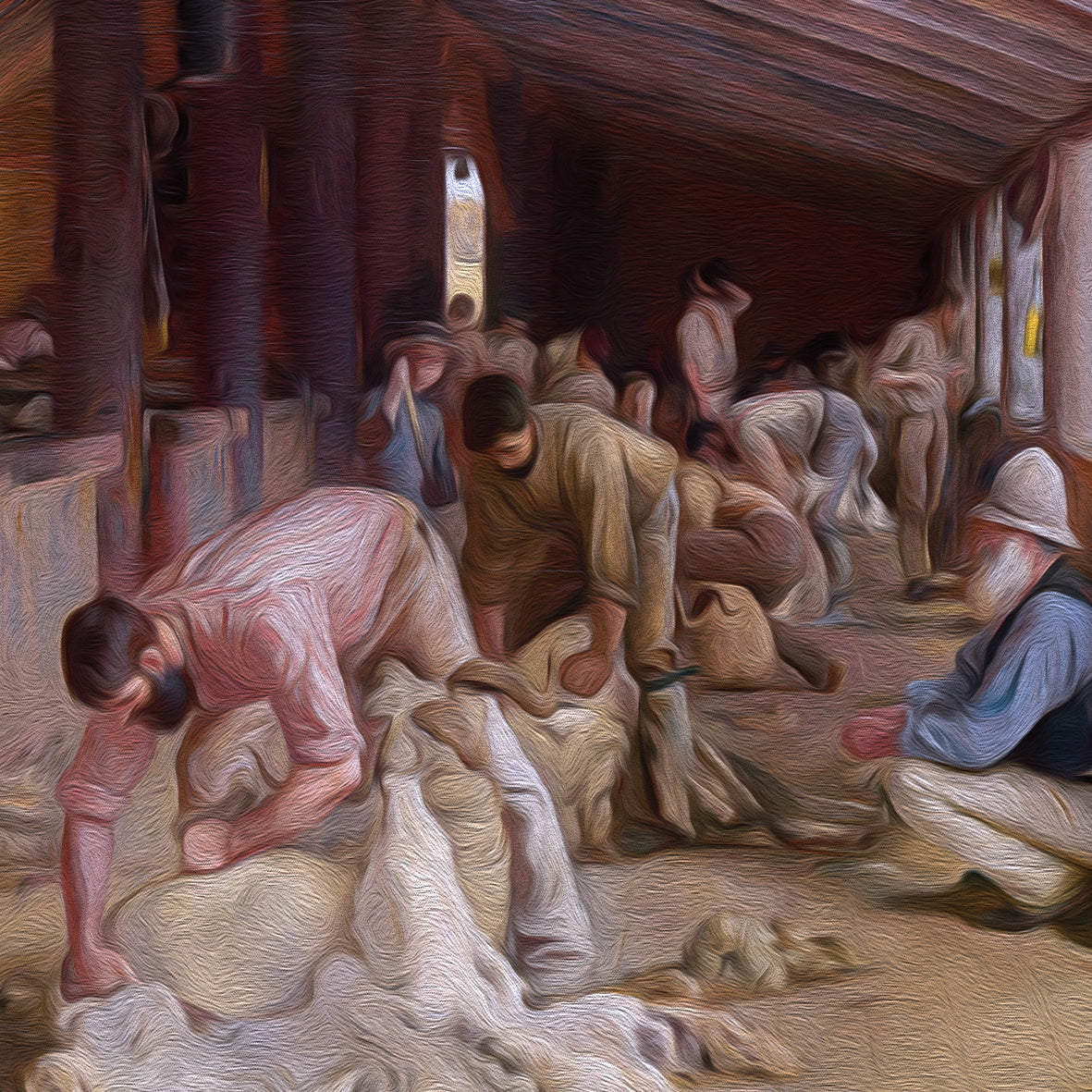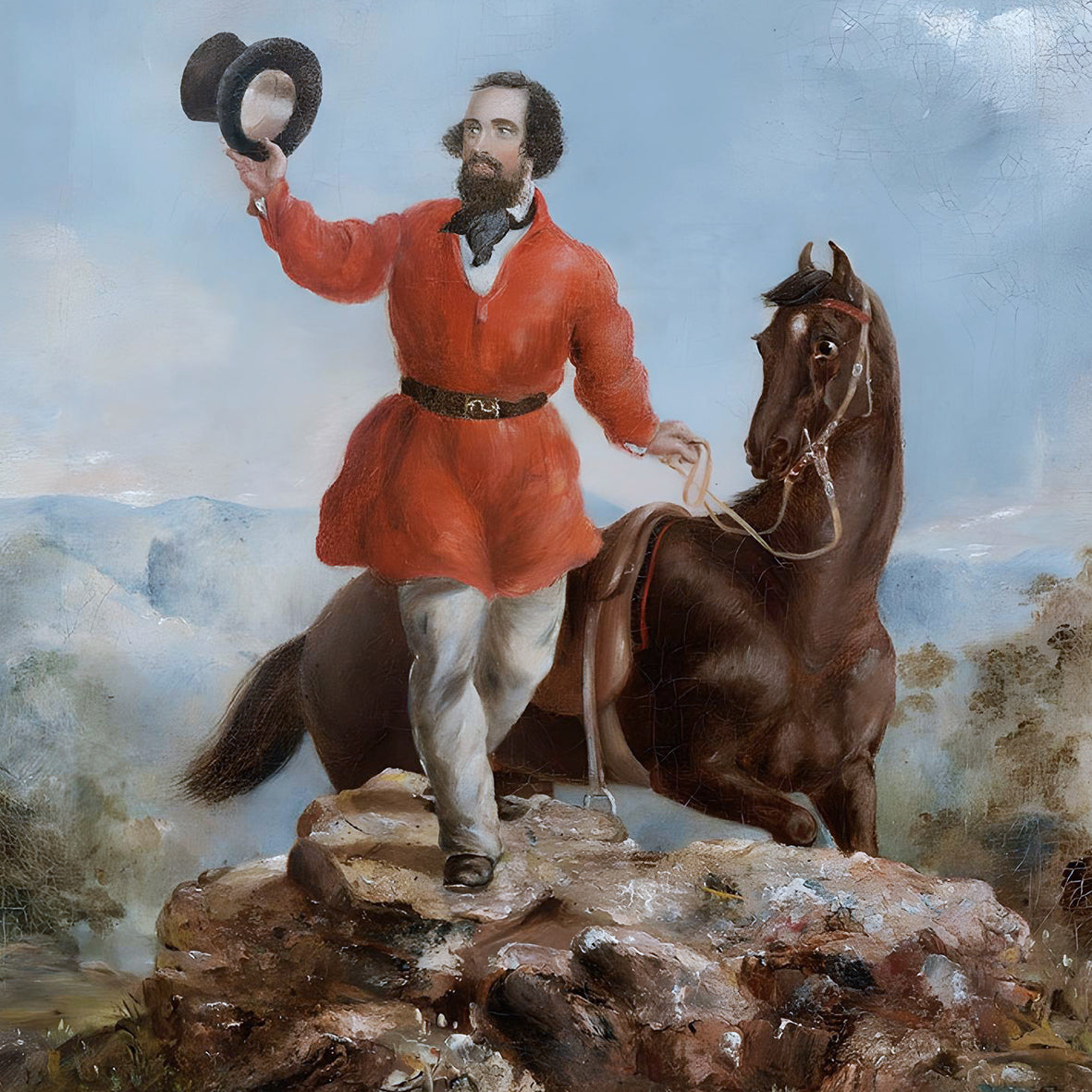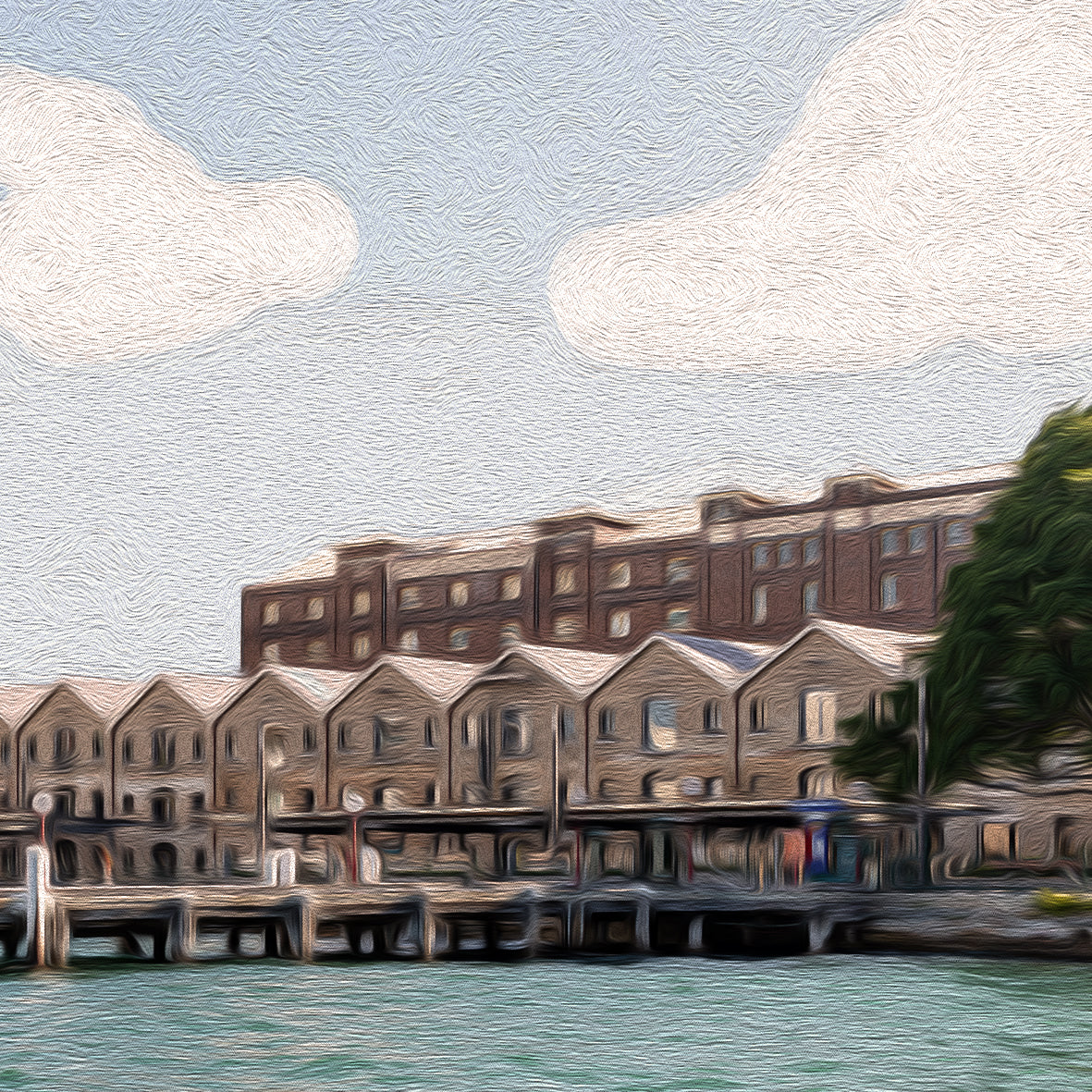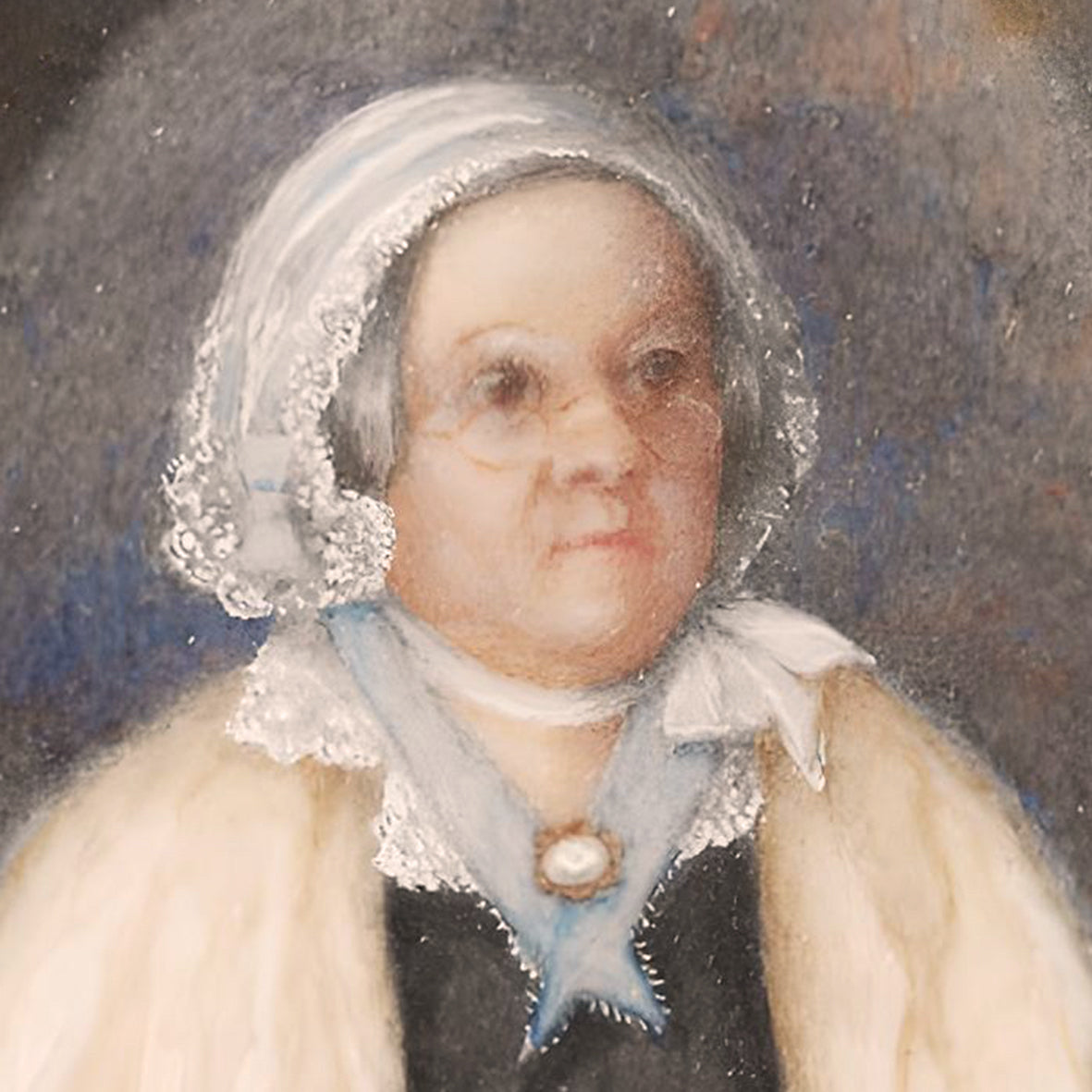The Builders

James McCarthur
James Macarthur arrived on the Second Fleet (1790) with wife Elizabeth and infant son as a Lieutenant in the NSW Corps. He achieved significant influence and wealth as part of the ‘Rum Corps’ – the imposition of monopolistic control for personal gain over the early settlement. He quarrelled with several Governors, returning to the UK at times to escape trial and secure favours from UK backers. From 1797 to 1805 he pioneered importing and growing Merino sheep herds and by 1830 there were 2 million sheep in Australia producing significant wool for export, growing the economy. In 1824 Macarthur founded the Australian Agricultural Company which still operates.

Edward Hargraves –
Edward Hargraves returned to Australia in early 1851 from California with new gold prospecting techniques. He quickly found success near Orange NSW sparking a series of gold rushes across the continent. Finds in regional Victoria were very productive. From 1851 to 1896 a total of 1,898,391 kilograms of gold was mined in Victoria alone. Collectively this gold created much wealth for the emerging nation. The gold rushes changed the convict colonies into more progressive cities due to an influx of free immigrant seeking their riches. Few were successful, and many used their prior skills productively in the growing economy.

Robert Campbell –
Robert Campbell, a Scottish merchant settled in Australia to establish a branch of Campbell & Co. He built Campbell’s wharf and warehouses at Dawes Point, now The Rocks in Sydney, and developed a large business as a general merchant. Campbell & Co was responsible for numerous Government contracts to import livestock and supplies to the growing economy. In 1806 he was appointed treasurer, naval officer, and collector of taxes. In 1807 he built Australia’s first shipbuilding yards at Kirribilli. In 1825 he was appointed to the NSW Legislative Council. Campbell is regarded as the ‘father of the mercantile community’ of the early settlement.

Mary Reibey –
Robert Campbell, a Scottish merchant settled in Australia to establish a branch of Campbell & Co. He built Campbell’s wharf and warehouses at Dawes Point, now The Rocks in Sydney, and developed a large business as a general merchant. Campbell & Co was responsible for numerous Government contracts to import livestock and supplies to the growing economy. In 1806 he was appointed treasurer, naval officer, and collector of taxes. In 1807 he built Australia’s first shipbuilding yards at Kirribilli. In 1825 he was appointed to the NSW Legislative Council. Campbell is regarded as the ‘father of the mercantile community’ of the early settlement.
